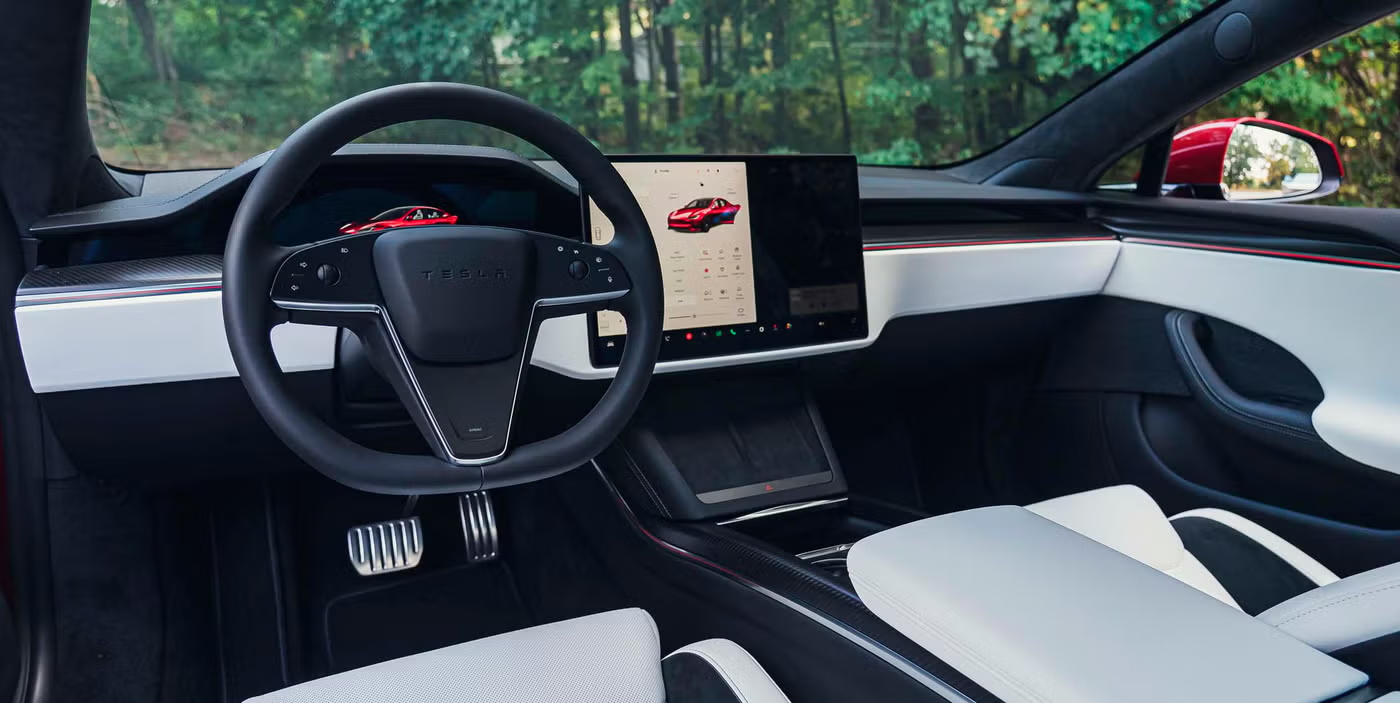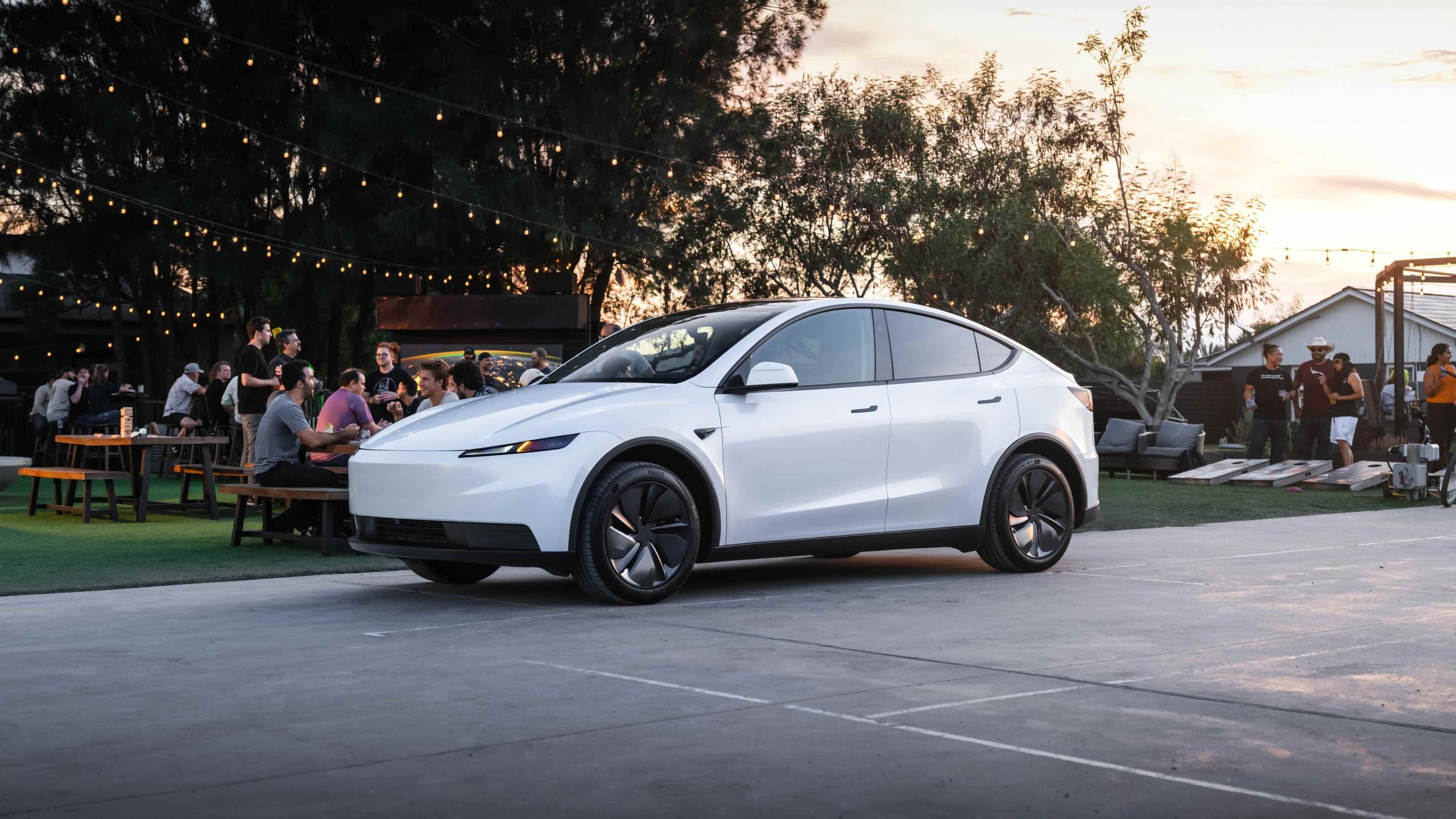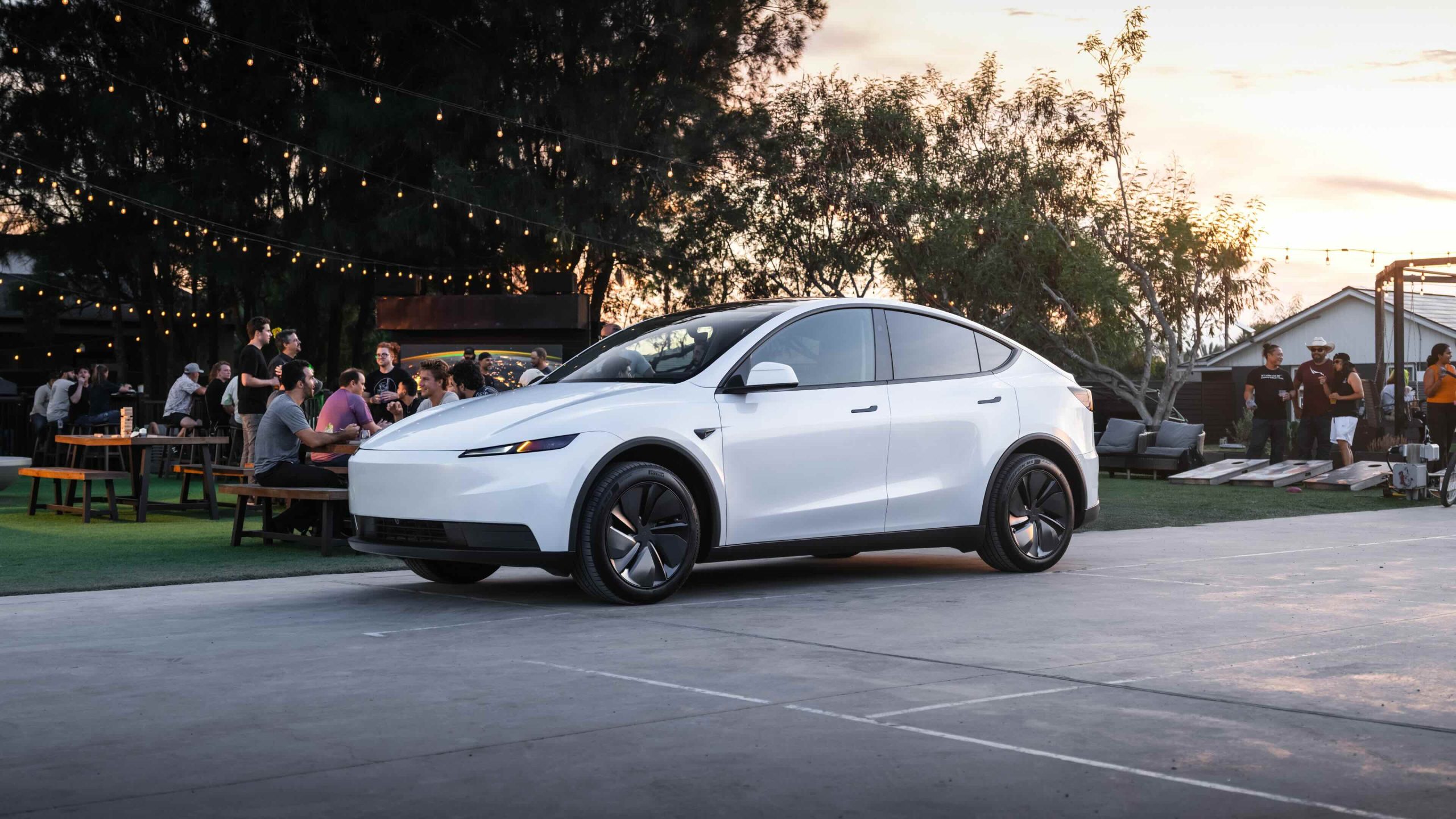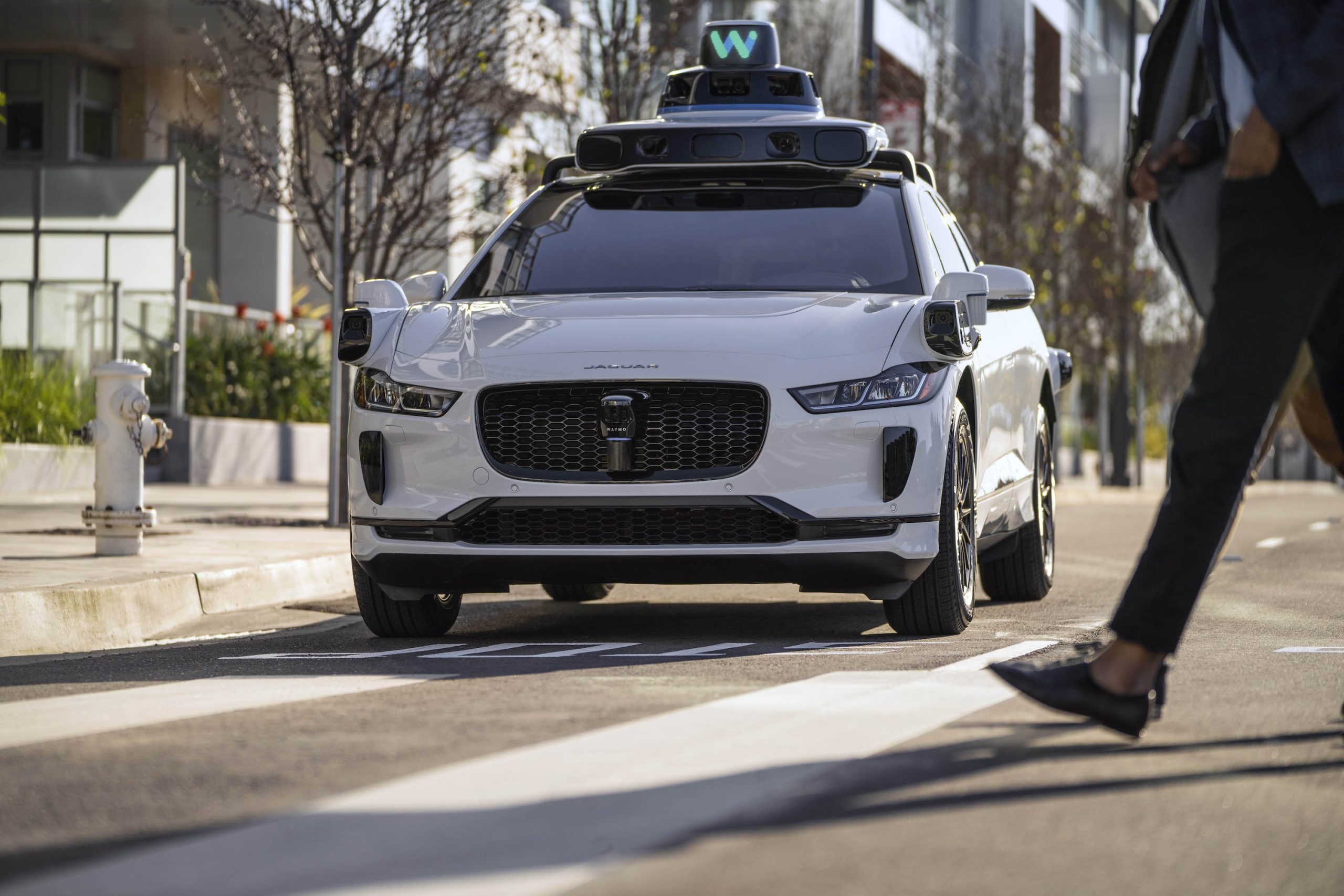Tesla Full Self-Driving: A Mixed Bag of Innovations and Challenges
Covers infotainment, ADAS and software updates. Daily: Hyundai Ioniq 5. Project car: NB Miata with a homebrew CarPlay retrofit.
After three weeks of using Tesla's Full Self-Driving (FSD) system extensively, the experience has been both impressive and occasionally frustrating. The technology is among the most advanced on the market, yet it still has areas that require significant improvement.
For those who have yet to experience Tesla’s Full Self-Driving, the technology represents a significant leap forward in semi-autonomous driving. Over the past three weeks, the system has been employed in a variety of settings, ranging from straightforward highway stretches to the bustling lanes of urban settings. On highways, FSD shines, offering a seamless driving experience without the need for manual intervention. The system is adept at maintaining speed, changing lanes, and keeping safe distances from other vehicles. In fact, no critical interventions were needed during highway driving, even on congested routes like I-695 near Baltimore. This reliability is a testament to Tesla's engineering prowess, creating a driving experience that can feel nearly hands-free.
Beyond the technical capabilities, Tesla's FSD offers a more relaxed driving experience. Imagine being able to enjoy the sunrise on an early morning drive, with the car handling the complexities of traffic. This was my experience on a recent trip to a Supercharger, allowing for a peaceful journey akin to being chauffeured by a careful driver. This potential for stress-free travel highlights one of the system's greatest appeals—turning the act of driving into a secondary concern, letting occupants enjoy the journey rather than focus solely on the road.
Tesla’s FSD is not without its learning curve and quirks. A notable experience involved an 'Except Right Turn' stop sign, a feature specific to certain areas like Pennsylvania. Initially, the system stopped incorrectly at one such sign, but after a week and a user-submitted feedback, it adjusted to the situation appropriately. This adaptability is encouraging, indicating Tesla's commitment to refining its software. However, regional nuances remain a challenge, requiring continuous updates and user feedback to enhance the system's understanding and execution.
Despite the advancements, there are areas where FSD could improve. The auto wipers, for instance, often operate at inappropriate speeds, either too fast or too slow, lacking a satisfactory middle ground. Additionally, the system sometimes struggles with signs that require reading, such as 'Stop Here on Red' signs, posing potential safety concerns. These issues highlight the need for further refinement, especially in interpreting complex traffic instructions and optimizing features like the auto wipers.
One of the criticisms of FSD is its occasional insistence on maneuvers that may not align with driver preferences or road etiquette. For example, the system's decision to cruise in the fast lane without traffic in the right lane contradicts conventional driving practices in some regions. Such choices can lead to driver discomfort, emphasizing the importance of allowing user customization and intervention to ensure the system aligns with individual driving styles and regional regulations.
Overall, Tesla's Full Self-Driving system is a remarkable innovation, offering glimpses of a future where autonomous vehicles are the norm. However, the journey to full autonomy is fraught with challenges that Tesla must navigate, including refining system features and addressing regional driving nuances. For users, the system offers both a taste of convenience and the responsibility of staying engaged, highlighting the delicate balance between technology and human oversight.
About Noah Stein
Covers infotainment, ADAS and software updates. Daily: Hyundai Ioniq 5. Project car: NB Miata with a homebrew CarPlay retrofit.



